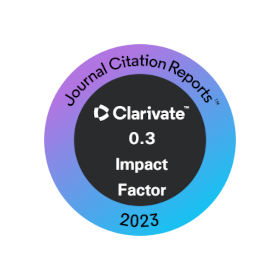Production of habanero pepper seedlings with organic and biological fertilization
DOI:
https://doi.org/10.28940/terra.v39i0.988Keywords:
Beauveria brongniartii, seedling quality, compost, Purpureocillium lilacinumAbstract
Chemical fertilization needs to be replaced in cultivation systems. Thus, this study proposes the alternative of combining compost with liquid organic fertilizers and biofertilizers to obtain habanero pepper seedling quality. The objective is to evaluate two liquid organic fertilizers in combination with Purpureocillium lilacinum and Beauveria brongniartii in growth, nutritional concentration and quality of habanero pepper seedlings grown in peat moss/compost substrate to substitute chemistry fertilization. A completely randomized experimental design was used with a bifactorial arrangement: (1) liquid organic fertilizers (vermicompost leachate and the commercial product Pez Terra®, diluted in water in a 1:200 ratio); (2) biofertilizers (B. brongniartii and P. lilacinum) and a control (25% Steiner’s nutrient solution) group were also evaluated. The seedlings treated with the commercial product increased their growth, Soil Plant Analysis Development (SPAD) units, N, P and K concentrations, and quality with P. lilacinum inoculation; seedling height, stem diameter, leaf area, N concentration and slenderness index increased, with respect to B. brongniartii. The interaction of the commercial fertilizer and P. lilacinum, and use of peat moss/compost substrate 1:1 (v/v) increased seedling height by 10%, leaf area by 35%, N and P concentrations by 57% and 35%, respectively, and slenderness index by 8% compared to the seedlings that were produced with Steiner’s 25% nutrient solution and peat moss. Therefore, this combination was considered viable for the production of habanero pepper seedlings and may substitute chemistry fertilization.















